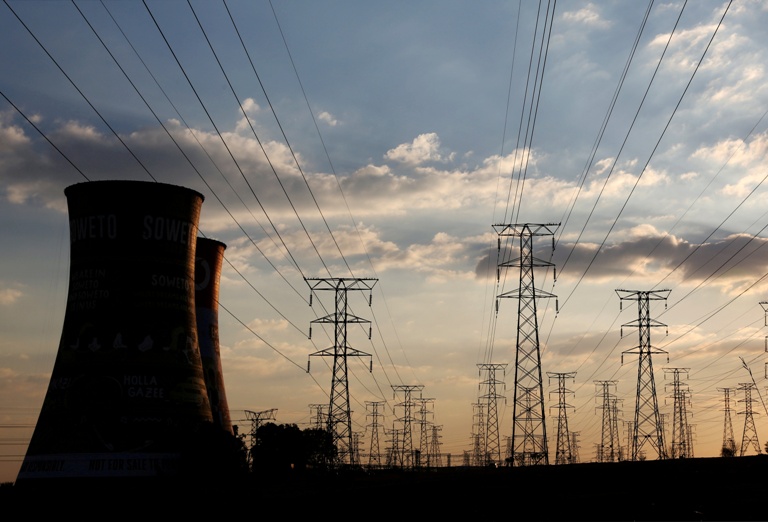
Eskom Support Will Weigh on South Africa’s Finances – S & P Global
South Africa’s support plan for struggling state-owned electricity firm Eskom will put further strain on the country’s finances, rating agency S & P Global said on Thursday, although it should be offset to a degree by easing external pressures. In his maiden budget speech on Wednesday Finance Minister Tito Mboweni outlined a 69 billion rand […]

South Africa’s support plan for struggling state-owned electricity firm Eskom will put further strain on the country’s finances, rating agency S & P Global said on Thursday, although it should be offset to a degree by easing external pressures.

In his maiden budget speech on Wednesday Finance Minister Tito Mboweni outlined a 69 billion rand ($5 billion), three-year bailout for Eskom, which has been suffering major power outages in recent months.
The cash call has reignited worries about South Africa’s last remaining investment grade rating with Moody’s. But S&P, which has stable ‘outlooks’ on both its junk-rated BB and BB+ foreign currency and local currency Africa ratings, is watching closely too.
“The Eskom package does weigh on the fiscal (picture)although they have attempted to compensate via cutting other expenditures,” S&P’s primary analyst for South Africa Ravi Bhatia told Reuters.
He added that S&P always viewed Eskom as a “contingent liability”, meaning the government would support it. Wednesday’s bailout plan, therefore “was broadly something we were expecting to a certain extent”.
Lacklustre growth in South Africa, though, and the chance the ongoing electricity outages could make the situation worse were also a concern.
“On the flip side, the (U.S.) Fed rate rises are slower and the current account deficit is relatively small, so on the external front the situation is not so threatening, you could say,” Bhatia said.
In its last review of South Africa in November, S&P estimated overall public-sector debt at around 71 percent of gross domestic product (GDP), including the debt of central and local governments and of public sector companies.
It also forecast the government’s fiscal deficit – its spending versus revenues from things like taxes – would be 4.1 percent this year.
(Reporting by Marc Jones; Editing by Mark Heinrich)
